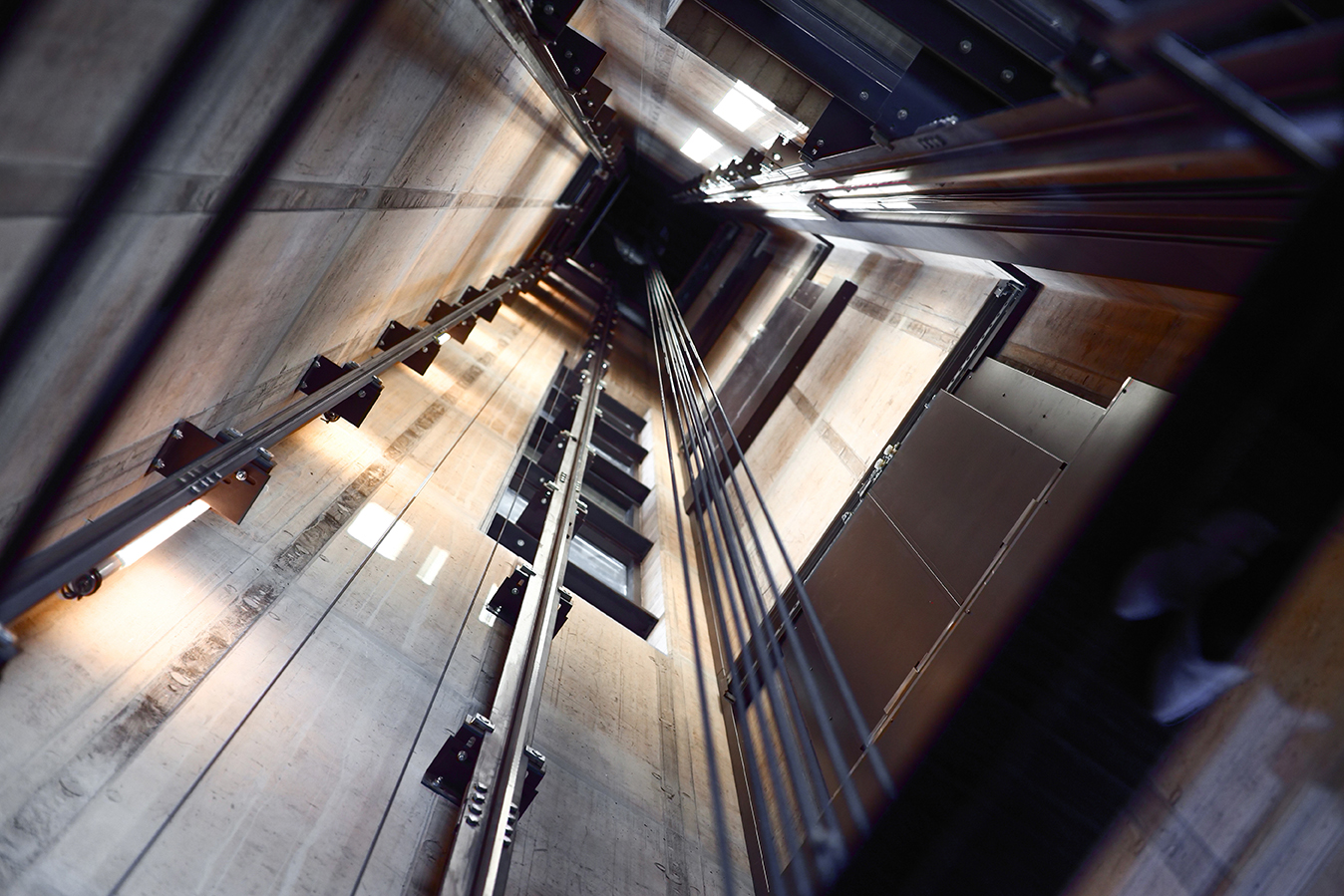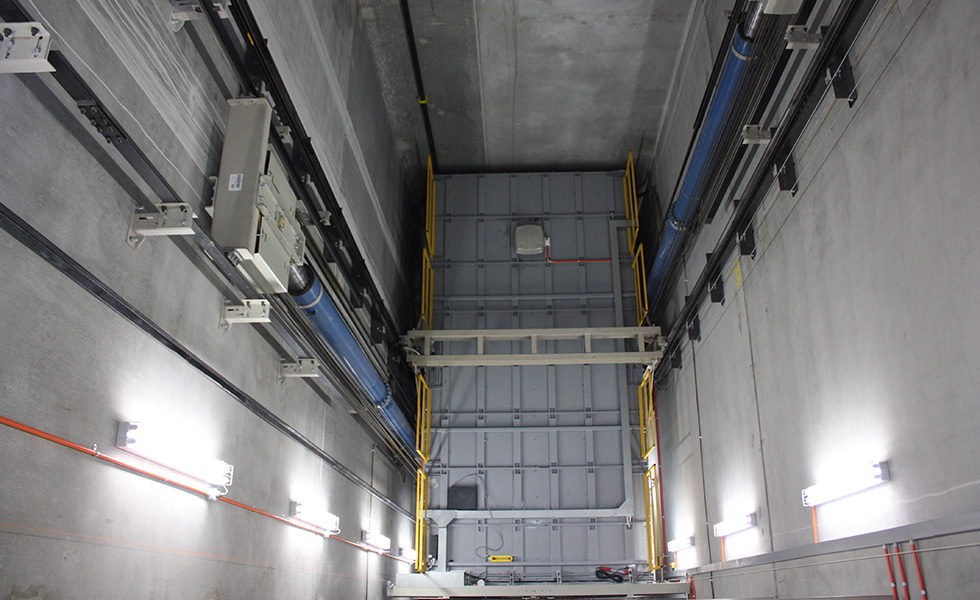Best Lift Maintenance Company Options Near Me for Professional Lift Repairs
Best Lift Maintenance Company Options Near Me for Professional Lift Repairs
Blog Article
Comprehensive Overview to Lift Equipments and Their Maintenance
Navigating the intricate world of elevator systems and their upkeep is a task that demands accuracy and understanding. From the various kinds of lift systems in use to the meticulous adherence to safety and security guidelines, the upkeep of these upright transportation tools is a diverse venture. As buildings rise higher and modern technology breakthroughs, the demand for a thorough understanding of elevator systems comes to be progressively crucial. Join us as we untangle the complexities of lift maintenance, discovering common concerns, finest practices, and sophisticated technologies that form the modern landscape of upright transportation.
Sorts Of Lift Systems
The most usual kinds consist of hydraulic lifts, grip lifts, machine-room-less lifts, and vacuum elevators. Hydraulic elevators are suitable for low-rise structures and utilize a hydraulic piston to move the elevator automobile. Machine-room-less elevators are a space-saving option as they do not require a separate machine room for the lift equipment.
Each kind of lift system has its own advantages and disadvantages, making it essential for building proprietors and programmers to carefully consider their specific demands prior to choosing the most appropriate option. Factors such as building elevation, area accessibility, energy performance, and spending plan restrictions all play a substantial function in figuring out the most effective elevator system for a particular building.
Typical Maintenance Issues
Routine maintenance of lift systems is important to make certain smooth operation and lengthen their life expectancy. Regardless of routine maintenance, elevator systems can still come across common maintenance concerns that require to be immediately addressed to avoid disruptions in service. Among the most regular concerns is door malfunctions. Lift doors might get misaligned, causing issues with opening and closing correctly. This can create delays and security threats, requiring instant focus from maintenance service technicians. Another typical issue is connected to the elevator's leveling precision. If the lift doesn't align properly with the floorings, passengers may experience tripping dangers and pain. Additionally, problems with the control system, such as sensing unit troubles or electrical issues, can cause the lift to malfunction or quit working entirely. Normal examinations and proactive maintenance can aid identify and deal with these typical upkeep concerns prior to they rise and influence the total efficiency of the lift system.
Security Regulations and Conformity
Sticking to strict security policies and ensuring conformity with sector requirements are critical for maintaining the operational integrity of lift systems. Lifts undergo an extensive set of safety regulations to protect guests, maintenance employees, and the public. Regulative bodies such as the Occupational Safety and Wellness Management (OSHA) in the USA and the European Lift Organization (ELA) in Europe develop standards that cover various elements of lift layout, upkeep, operation, and installation.
Conformity with these guidelines is not only a legal demand but additionally an ethical commitment for building owners and lift maintenance firms. Failure to meet safety and security standards can cause fines, legal responsibilities, and, most significantly, endanger the security of people utilizing the elevator. Regular inspections, upkeep checks, and adherence to safety procedures laid out in the regulations are vital to make certain the efficient and secure operation of elevator systems. By focusing on safety and security laws and conformity, stakeholders can support the trust fund of the public and reduce prospective dangers connected with elevator use.
Ideal Practices for Upkeep

Structure owners must news also think about spending in modernization upgrades to enhance the performance and security of their lift systems. By adhering to these finest practices, elevator systems can run smoothly and securely, giving reliable upright transport for passengers.

Advanced Technologies for Performance
Implementing cutting-edge technologies in elevator systems can substantially improve operational performance and traveler experience. lift engineer course. Among the crucial advancements in lift technology is the intro of destination control systems. These systems allow guests to input their wanted floor before entering the elevator, which after that routes them to one of the most reliable auto. By minimizing unneeded quits and maximizing travel courses, location control systems minimize wait times and blockage in high-traffic my website buildings.
In addition, the combination of wise sensors and predictive upkeep capabilities has actually changed elevator upkeep. These sensing units can identify potential problems before they escalate, allowing positive maintenance interventions and lessening downtime. Furthermore, the usage of regenerative drives and energy-efficient parts helps minimize power consumption and operating costs in elevator systems.
Furthermore, the execution of cloud-based monitoring and remote diagnostics permits real-time tracking of elevator performance and prompt troubleshooting of any malfunctions. This proactive method not only boosts system dependability but additionally improves the general individual experience by guaranteeing smooth and nonstop lift procedures.
Conclusion
To conclude, understanding the various types of elevator systems, usual maintenance problems, safety and security laws, best upkeep techniques, and advanced technologies for efficiency is important for go to my blog making sure the smooth procedure of lifts. By sticking to safety and security guidelines and executing finest practices for upkeep, structure proprietors can prolong the life expectancy of their lift systems and make sure the safety and security of travelers. It is essential to remain upgraded on the most up to date improvements in lift innovation to improve performance and integrity.
The most common types include hydraulic lifts, grip lifts, machine-room-less lifts, and vacuum elevators. Hydraulic elevators are ideal for low-rise structures and use a hydraulic piston to relocate the elevator automobile. Machine-room-less elevators are a space-saving alternative as they do not call for a different device space for the elevator equipment. Regular evaluations and proactive upkeep can assist determine and resolve these common upkeep concerns before they intensify and influence the overall performance of the lift system.

Report this page